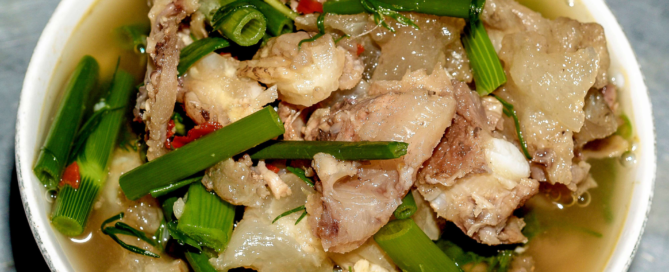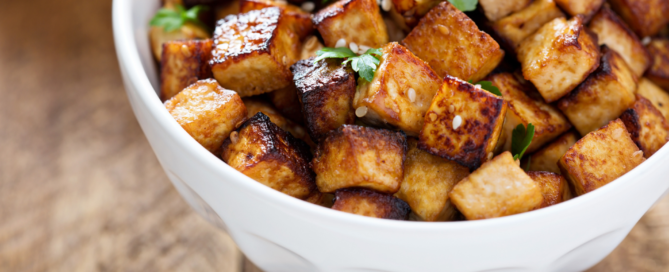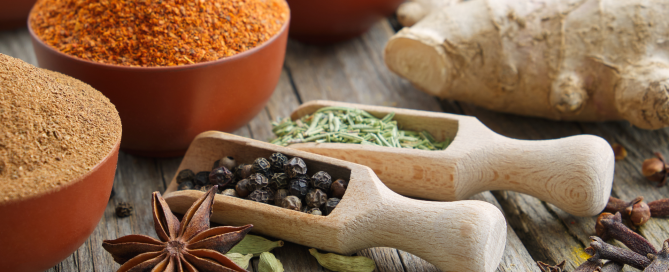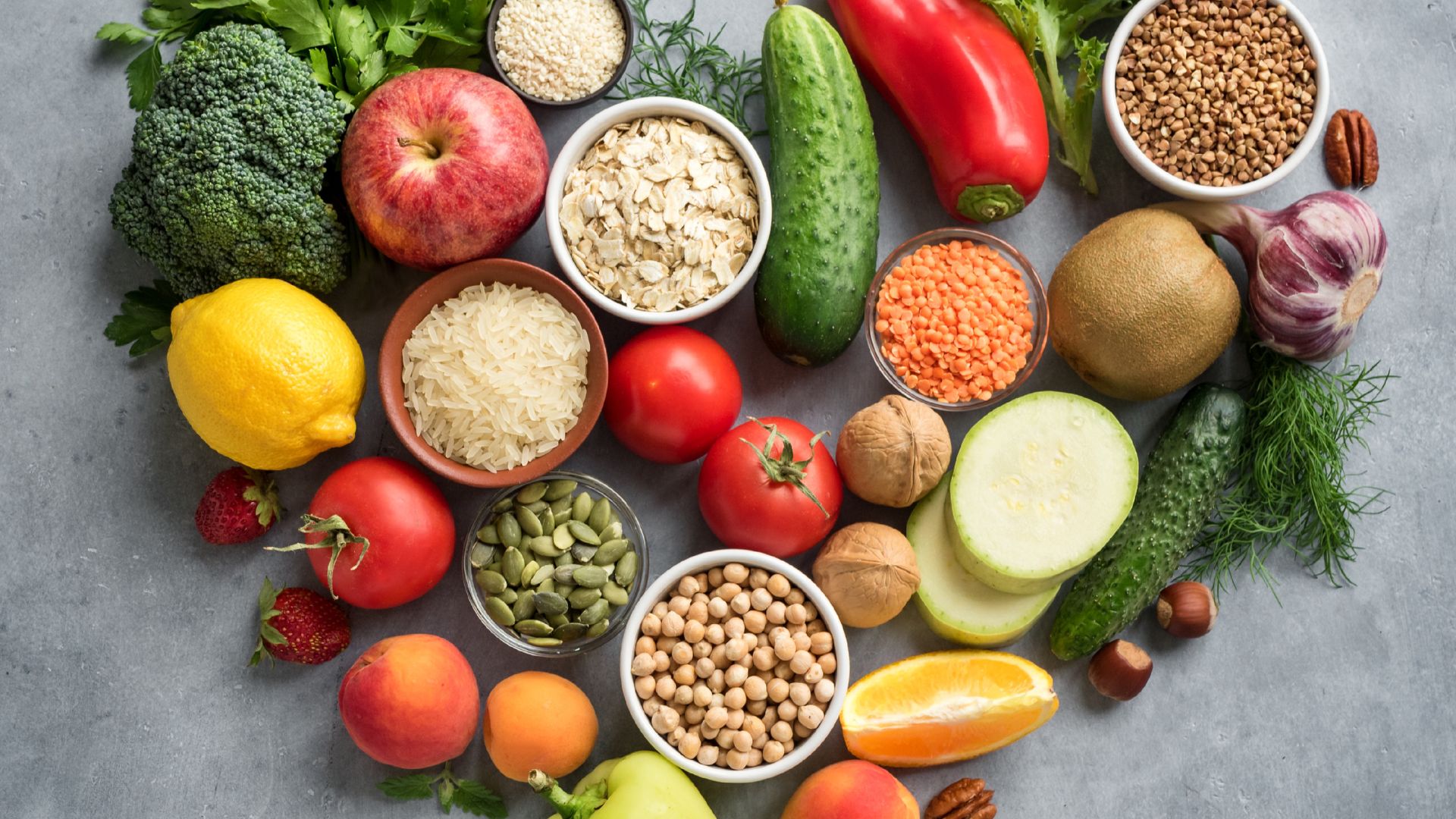Benefits of Spicy Food: Enhancing Health and Flavor in Your Diet
Spicy food offers more than just an exhilarating taste experience; it also provides a range of health benefits. The consumption of spicy foods can boost metabolism, enhance heart health, and even improve mood. Many people may find that incorporating spicy ingredients into their meals leads to a wider variety of flavors and enjoyable eating experiences.
Adding heat to dishes is not just about savoring the burn. It can also contribute to weight management as spicy foods may help in curbing appetite. The active component in chili peppers, capsaicin, has been linked to pain relief and anti-inflammatory properties, making it a fascinating subject for culinary enthusiasts and health-conscious individuals alike.
Exploring the flavors and benefits of spicy food can open up new dietary possibilities. From improved digestion to potential cancer-fighting properties, spicy cuisine offers an array of advantages that can encourage individuals to expand their culinary horizons while benefiting their health in the process.
Health Benefits of Spicy Food
Spicy food offers various health benefits, ranging from improved cardiovascular health to enhanced metabolism. Incorporating spicy ingredients into one’s diet can provide both physiological and psychological advantages.
Cardiovascular Health
Capsaicin, the active compound in chili peppers, has been linked to improved cardiovascular health. It may lower blood pressure by promoting the dilation of blood vessels. Studies suggest that consuming spicy foods regularly can reduce cholesterol levels and lower the risk of heart disease.
Additionally, capsaicin aids in reducing inflammation, which is a significant contributor to heart conditions. Including spices like cayenne pepper and jalapeños in meals can contribute to a heart-healthy diet.
Metabolism and Weight Loss
Eating spicy foods can boost metabolism. Capsaicin increases calorie burning by raising the body’s temperature, which encourages energy expenditure. Studies indicate that incorporating spices into meals may help reduce appetite, leading to lower overall calorie intake.
Spicy foods can also enhance fat oxidation, which assists in weight management. Comfortable levels of spiciness can provide satisfying flavors, making meals enjoyable while supporting weight loss efforts.
Pain Relief and Endorphin Release
Spicy foods can trigger the release of endorphins in the body. Endorphins are natural pain relievers that promote feelings of pleasure and well-being. This effect arises from capsaicin’s ability to stimulate nerve endings, which can diminish the perception of pain.
Moreover, capsaicin is used in topical ointments for pain relief, particularly for conditions such as arthritis. Including spicy foods can serve as a natural analgesic, benefiting those looking for alternative pain management methods.
Nutritional Value of Spices
Spices contribute essential vitamins, minerals, and antioxidants to the diet. These components play significant roles in health, bolstering immunity and reducing inflammation.
Vitamins and Minerals
Spices are rich in various vitamins and minerals, enhancing their nutritional profile. For example:
- Turmeric contains curcumin, along with vitamins C and E, which are vital for immune function.
- Cayenne pepper is high in vitamin A, important for vision and immune health.
- Ginger offers magnesium and potassium, supporting muscle and nerve function.
Incorporating a variety of spices can help meet daily nutrient needs. They are often concentrated sources of nutrients, aiding in the prevention of deficiency.
Antioxidants
Antioxidants found in spices combat oxidative stress in the body. They neutralize free radicals, which can contribute to chronic diseases. Common spices with high antioxidant content include:
- Cinnamon: Contains polyphenols that possess strong antioxidant properties.
- Cloves: Have the highest antioxidant capacity among spices, helping to fight inflammation.
- Oregano: Rich in rosmarinic acid, providing anti-inflammatory benefits.
By including spices in meals, individuals enhance their intake of these protective compounds. This approach can lead to improved overall health.
Digestive Advantages
Spicy food can enhance digestion in various ways. It supports gut health and contributes to food safety by inhibiting the growth of harmful bacteria.
Gut Health
Spicy foods often contain capsaicin, a compound found in chili peppers. Capsaicin can stimulate the secretion of digestive juices, which helps enhance digestion.
- Boosts Metabolism: It may increase metabolic rate, aiding in weight management.
- Reduces Gas: The enhanced digestive processes can help diminish bloating and gas.
Moreover, spicy food can promote a diverse gut microbiome, which is essential for overall digestive health. A balanced gut microflora is vital for nutrient absorption and immune function.
Food Safety
Spicy foods can play a role in food safety by acting as natural preservatives. The heat from spices can inhibit the growth of harmful bacteria such as Salmonella and E. coli.
- Increased Shelf Life: Spicy ingredients can extend the shelf life of certain foods.
- Flavor Enhancement: They also improve the taste of prepared foods, making them more appealing.
Incorporating spicy elements into meals not only boosts flavor but also helps ensure safer consumption of perishable items.
Longevity and Mortality
Research indicates a potential link between spicy food consumption and increased longevity. Studies suggest that people who regularly eat spicy foods may have a lower risk of mortality. A major compound in spicy foods, capsaicin, is often credited for these benefits. It is found in chili peppers and has been linked to various health advantages, including:
- Anti-inflammatory properties
- Enhanced metabolism
- Cardiovascular health benefits
Some research highlights that those who consume spicy foods several times a week may experience a 14% reduction in the risk of death compared to those who eat them less frequently. Nevertheless, the exact mechanisms remain under investigation. Factors such as lifestyle, diet diversity, and genetics may also play significant roles in these outcomes.
While spicy food may contribute positively to health, moderation is key. Excessive consumption can lead to digestive issues and other complications. Therefore, it is essential to balance spicy food intake with other nutritional considerations.
Psychological Effects
Spicy food can have notable impacts on mental well-being. These effects encompass mood enhancement and stress reduction, which contribute to an overall positive psychological state.
Mood Enhancement
Consumption of spicy foods can trigger the release of endorphins, the body’s natural feel-good chemicals. This process often leads to a heightened sense of pleasure and satisfaction. Many people report feelings of euphoria after eating spicy dishes, thanks to capsaicin, the active component in chili peppers. Capsaicin stimulates nerve endings, which may enhance sensory experiences and create a sense of excitement. Additionally, incorporating spicy elements into meals can be a form of culinary adventure. This novelty can boost mood and stimulate creativity in cooking, making mealtimes more enjoyable.
Stress Reduction
Eating spicy food may also aid in reducing stress levels. The endorphin release mentioned earlier acts as a natural stress reliever. When individuals experience stress, enjoying a spicy meal can provide a comforting distraction.
Research indicates that capsaicin can play a role in dilating blood vessels, potentially promoting relaxation. Feeling the warmth from spice may trigger a physiological response that calms the mind. Moreover, spicy foods often bring people together. Sharing a spicy meal can enhance social connections, further helping to alleviate feelings of isolation or anxiety. Engaging with others over food fosters a supportive environment, which is beneficial for mental health.
Cultural and Culinary Significance
Spicy food plays a vital role in various cultures worldwide. Many cuisines incorporate spices not only for flavor but also for their historical and social contexts. Regions such as South Asia, Mexico, and Southeast Asia highlight the importance of spice in their dishes. Each culture has unique spices that carry distinct meanings and traditions.
Notable Examples of Spicy Dishes
- Indian Curry: Often features chili, turmeric, and cumin, reflecting local agricultural practices.
- Mexican Salsa: Combines tomatoes, chilies, and herbs, showcasing regional biodiversity.
- Thai Tom Yum: Uses lemongrass and lime alongside chilies, representing rich flavor profiles.
In many cultures, sharing spicy dishes strengthens community bonds. Family gatherings and celebrations frequently feature spicy foods, emphasizing unity and tradition.
Spices also carry health-related significance. They are often viewed as remedies that enhance wellness, making spicy foods a staple in cultural practices. Overall, spicy food contributes to identity and heritage. It allows populations to express creativity through culinary arts, ensuring that flavors remain vibrant and dynamic across generations.
Precautions and Considerations
Spicy food can provide benefits, but certain precautions should be taken. Individuals with specific conditions may need to limit their intake.
Health Conditions
- Gastrointestinal Issues: Conditions like irritable bowel syndrome (IBS) or acid reflux may worsen with spicy foods.
- Allergies: Some individuals may be allergic to specific spices, leading to adverse reactions.
Dosage and Frequency
Eating excessive amounts of spicy food can lead to discomfort. Moderation is essential to avoid potential digestive issues.
Sensitivity Levels
Sensitivity to spice varies among individuals. Those unfamiliar with spicy food should start with milder options and gradually increase spiciness.
Recommended Practices
- Stay Hydrated: Drinking water or dairy can help alleviate burning sensations.
- Monitor Reactions: It is important to pay attention to how the body responds to spicy foods.
Special Considerations
Pregnant individuals and young children may have different sensitivity levels and should consult with a healthcare provider. By being mindful of these precautions, individuals can enjoy the benefits of spicy food while minimizing discomfort or health risks.

















